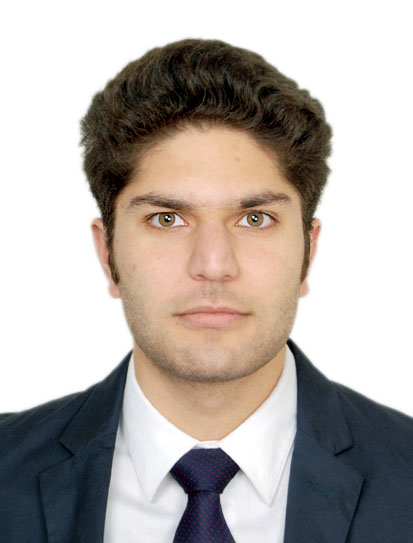Aamir Mustafa
 About Me
About Me
I am a PhD student at the Graphics & Interaction (Rainbow) Group, University of Cambridge, working under the supervision of Dr. Rafal K. Mantiuk. My current research is focused on Applications of Machine/Deep Learning in Computer Graphics.
LinkedIn GitHub Google Scholar Academic CV
Running Projects - Visual Reports
Conditional training of Invertible Neural Nets: The report shows some initial results on the BBC documentary (Planet Earth-Jungles) for movie color grading using INNs.
Movie Tone Mapping using per frame meta-data: Ablation study on the different sizes of meta data required for SDR frame encoding.
Different movies: Best results on two different movies.
Movie Tone Mapping: Some initial results for end-to-end trained encoder-decoder models for image tone mapping.
Movie Tone Mapping - Histogram Matching: Results for training a network to learn histogram matching between HDR and SDR frames.
Study on Feature Encoding for Tone Mapping: Some results on the BBC documentary Planet Earth Episode 2 (Mountains).
Quick Updates
- 1 paper accepted in London Imaging Meeting (LIM) 2022
- 1 paper accepted in Winter Conference on Applications of Computer Vision (WACV) 2022
- 1 paper accepted in European Conference on Computer Vision (ECCV) 2020
- 1 paper accepted in IEEE Transactions on Pattern Analysis and Machine Intelligence (T-PAMI) 2020
- 1 paper accepted in IEEE Transactions on Image Processing (TIP) 2020
- 1 paper accepted in International Conference on Computer Vision (ICCV) 2019
Publications
A Comparative Study on the Loss Functions for Image Enhancement
London Imaging Meeting (LIM) 2022
Paper
Training a Task Specific Image Reconstruction Loss
Winter Conference on Applications of Computer Vision (WACV) 2022
Project Page Paper Code
Transformation Consistency Regularization - A Semi Supervised Paradigm for Image-to-Image Translation
European Conference on Computer Vision (ECCV), 2020
Project Page Paper Supplementary Material Code
Deeply Supervised Discriminative Learning for Adversarial Defense
IEEE Transactions on Pattern Analysis and Machine Intelligence (T-PAMI), 2020
Paper Code
Adversarial Defense by Restricting the Hidden Space of Deep Neural Networks
International Conference on Computer Vision (ICCV), 2019
Paper Code
Image Super-Resolution as a Defense against Adversarial Attacks
IEEE Transactions on Image Processing (TIP), 2020
Paper Code
Experience
PhD Student - Computer Science Dept. University of Cambridge (Oct 2019 - Present)
Leveraging the use of semi-supervised learning for image to image translation.
Computer Vision Research Intern - Inception Institute of Artificial Intelligence (Sep 2018 - Sep 2019)
Working on making deep neural networks robust against adversarial attacks.
Computer Vision Research Intern - Indian Institute of Technology, Ropar (Dec 2017 - Mar 2018)
Worked on prediction and localization of student engagement in response to a stimuli video (e-learning environment) from facial expressions using Deep Multi-Instance Learning.
Machine Learning Research Intern - University of Canberra, Australia (Dec 2016 - Feb 2017)
Estimation of Heart rate of different individuals and its variations over the span of video from their facial videos by extracting plethysmograph (PG) signals from green channel of the frames. Considering heart rate as extracted feature, individuals are classified into two categories - healthy controls and depressed patients using a linear SVM classifier.
Completed Projects
Transformation Consistency Regularization
Perceptual Loss for Image Restoration
Contact
Email: am2806@cam.ac.uk , aamir.mustafa@cl.cam.ac.uk
Office Phone: +44 (0)1223 763561
Office: SS04, Computer Laboratory
Address: Computer Laboratory, William Gates Building, 15 JJ Thomson Ave, Cambridge CB3 0FD
